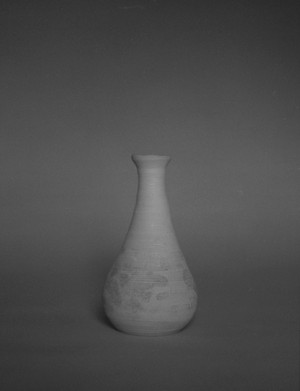Sione Faletau
Ha’amonga ‘a Maui, 2015
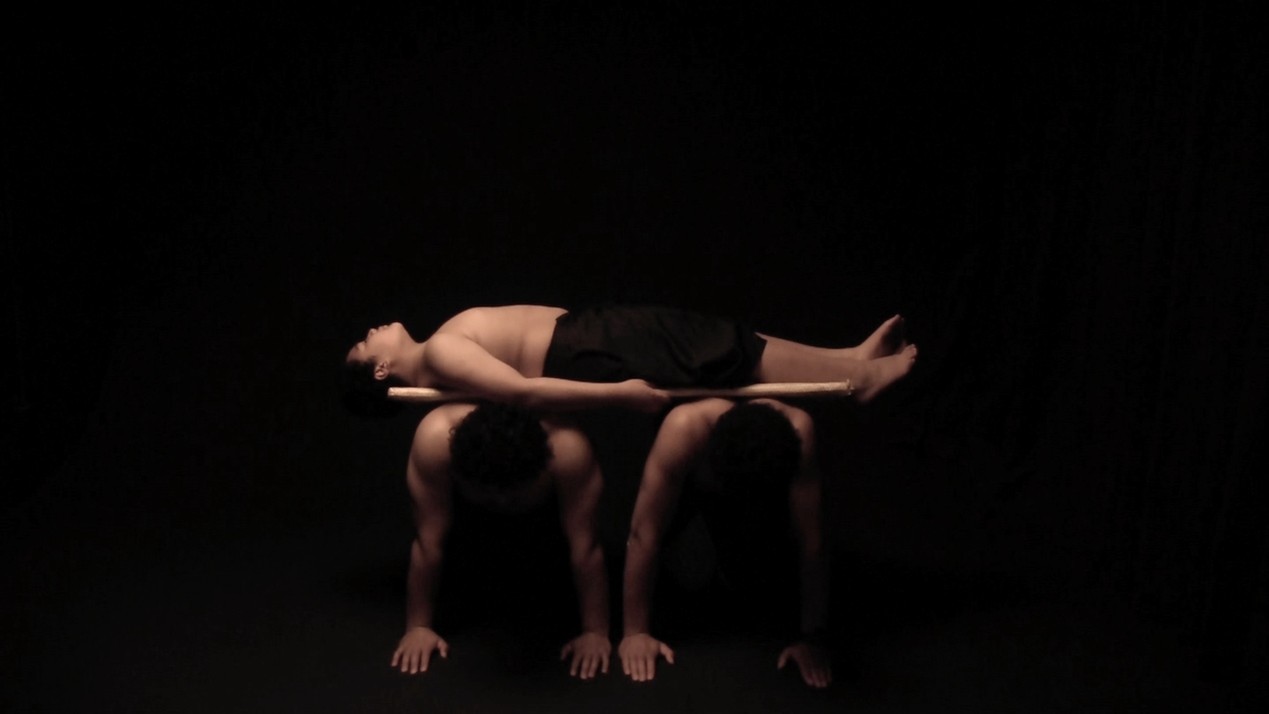
Sione Faletau
Ha’amonga ‘a Maui, 2015
Sione Faletau’s work is an endurance performance, made into a video work. The film shows Faletau and two of his brothers creating the shape of Tonga’s most famous monument. Naked, except for black tupenu, the brothers remain silent throughout the entire performance. Two of the brothers are kneeling, their hands on the ground, so as to resemble the pillars of the Ha’amonga ‘a Maui. A third brother lies across the other brothers’ bent backs on what looks like a thin mat, so that he resembles the trilithon lintel piece of the monument. The brothers’ stillness is contrasted with a fast, rasping drumbeat that is borrowed from a Tongan dance song. Although the brothers appear still, there is evident tension. The tension in holding up each other’s weight is communicated through the slight trembling seen in the two ‘pillar’ bodies; although the lintel-brother, with his eyes closed, seems comfortable and confident in the knowledge that his brothers will support him. The influence of his Tongan ancestors is connected through the male body form. This has spread throughout the Pacific through the creation of various monuments. At Mu’a, Faletau’s ancestors laid slabs of coral on top of one another to create pyramids over the graves of kings and queens; in colonies like Samoa and ‘Uvea they raised stone forts. The function and purpose of Ha’amonga ‘a Maui is more obscure. Its shape is unparalleled in Tonga, and indeed in the Pacific, and neither oral traditions nor contemporary scholars offer agreement on its meaning.

Sione Faletau
Artworks
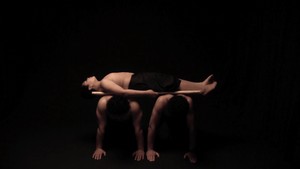
Sione Faletau
Ha’amonga ‘a Maui, 2015
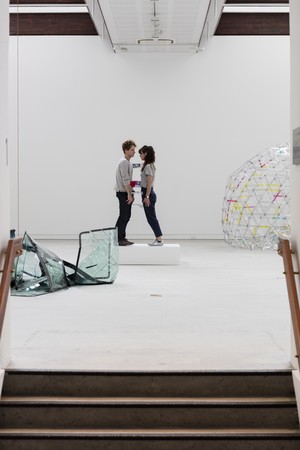
Erwin Wurm
One Minute Sculpture, 2005/2014

Joanna Langford
Calling the Deep, 2015
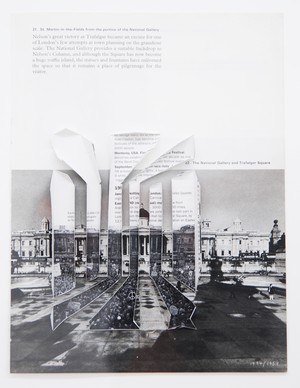
Abigail Reynolds
National Gallery 1974/2000, 2012

Matt Calderwood
Untitled, 2016
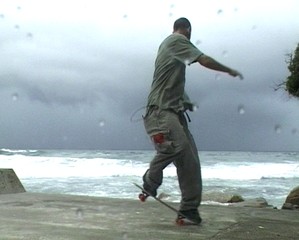
Shaun Gladwell
Storm Sequence, 2000
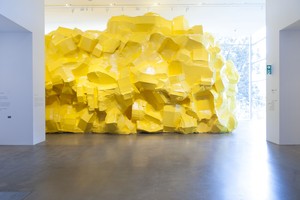
Richard Maloy
Big Yellow, 2013
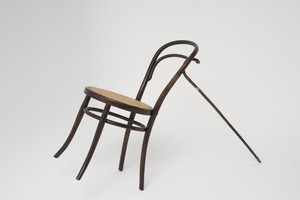
John Ward Knox
Untitled, 2011
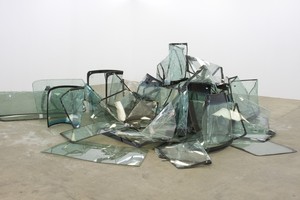
Rob Hood
Big Bull Market, 2016
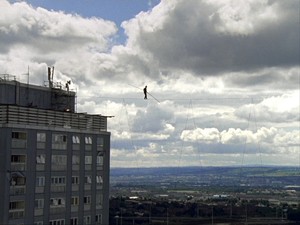
Catherine Yass
High Wire, 2008
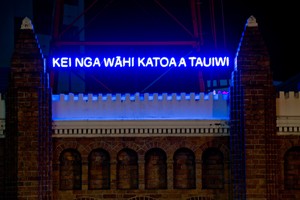
Claire Fontaine
Foreigners Everywhere (Southern Māori), 2015

Peter Trevelyan
Circularism, 2016
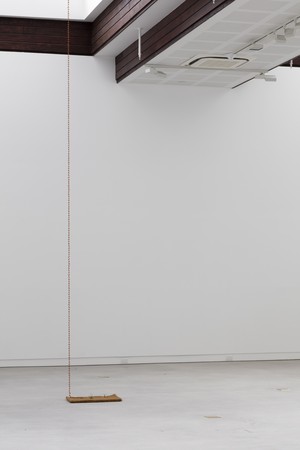
Zina Swanson
Something In Waiting, 2016
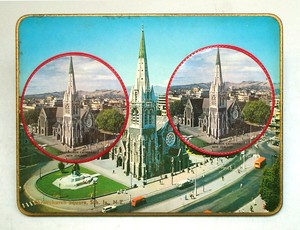
Regan Gentry
Christchurch-church-church, 2004
